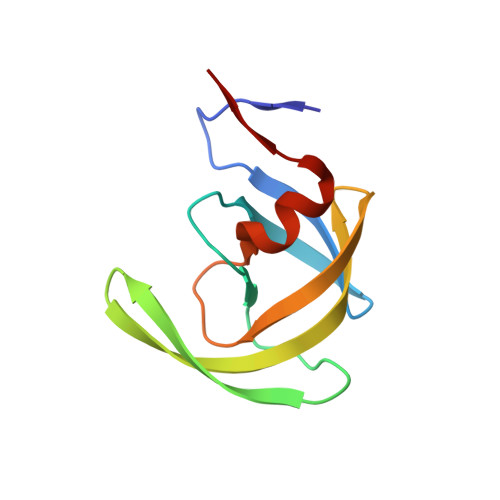Inhibition of HIV-1 Protease by a Boronic Acid with High Oxidative Stability.
Graham, B.J., Windsor, I.W., Raines, R.T.(2023) ACS Med Chem Lett 14: 171-175
- PubMed: 36793428
- DOI: https://doi.org/10.1021/acsmedchemlett.2c00464
- Primary Citation of Related Structures:
8ESX, 8ESY - PubMed Abstract:
HIV-1 protease is an important target for pharmaceutical intervention in HIV infection. Extensive structure-based drug design led to darunavir becoming a key chemotherapeutic agent. We replaced the aniline group of darunavir with a benzoxaborolone to form BOL-darunavir. This analogue has the same potency as darunavir as an inhibitor of catalysis by wild-type HIV-1 protease and, unlike darunavir, does not lose potency as an inhibitor of the common D30N variant. Moreover, BOL-darunavir is much more stable to oxidation than is a simple phenylboronic acid analogue of darunavir. X-ray crystallography revealed an extensive network of hydrogen bonds between the enzyme and benzoxaborolone moiety, including a novel direct hydrogen bond from a main-chain nitrogen to the carbonyl oxygen of the benzoxaborolone moiety that displaces a water molecule. These data highlight the utility of benzoxaborolone as a pharmacophore.
- Department of Chemistry, Massachusetts Institute of Technology, Cambridge, Massachusetts 02139, United States.
Organizational Affiliation:





















